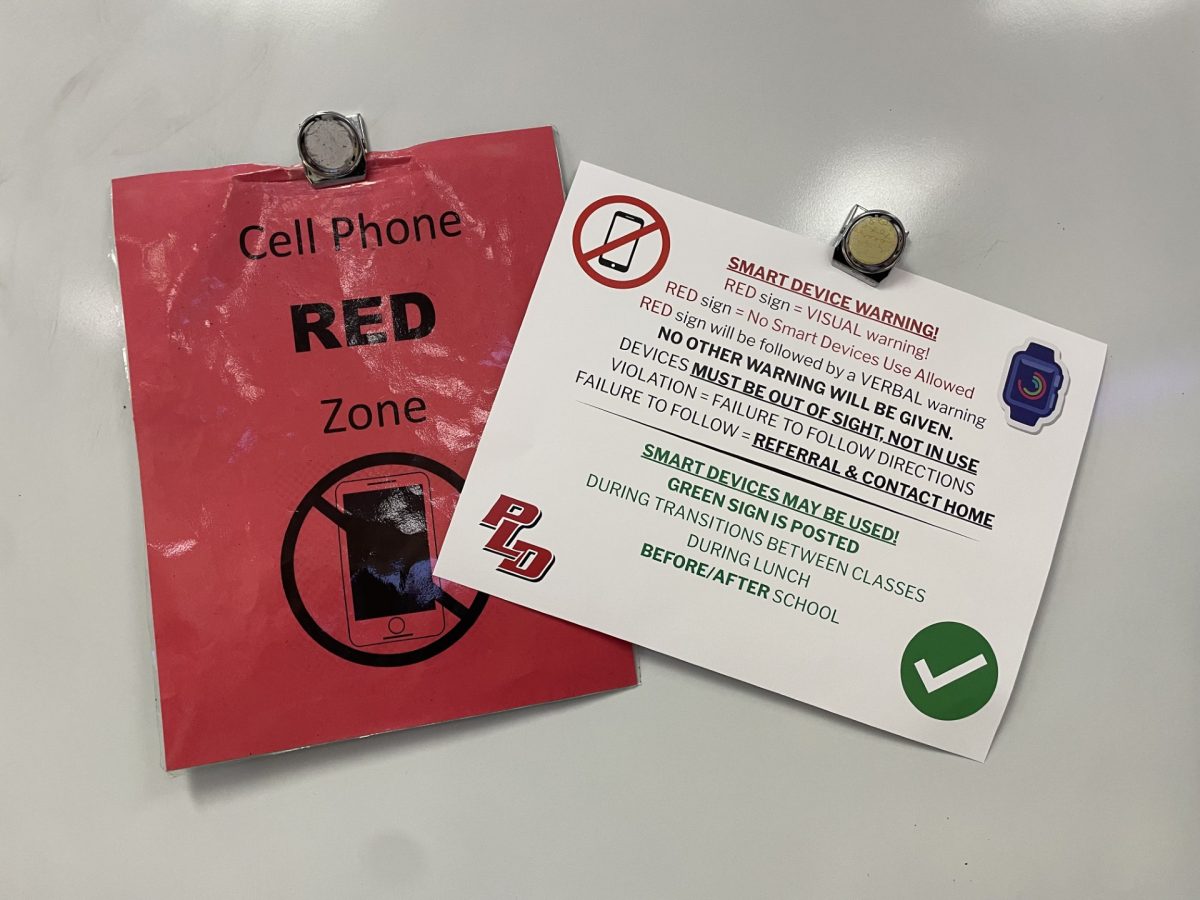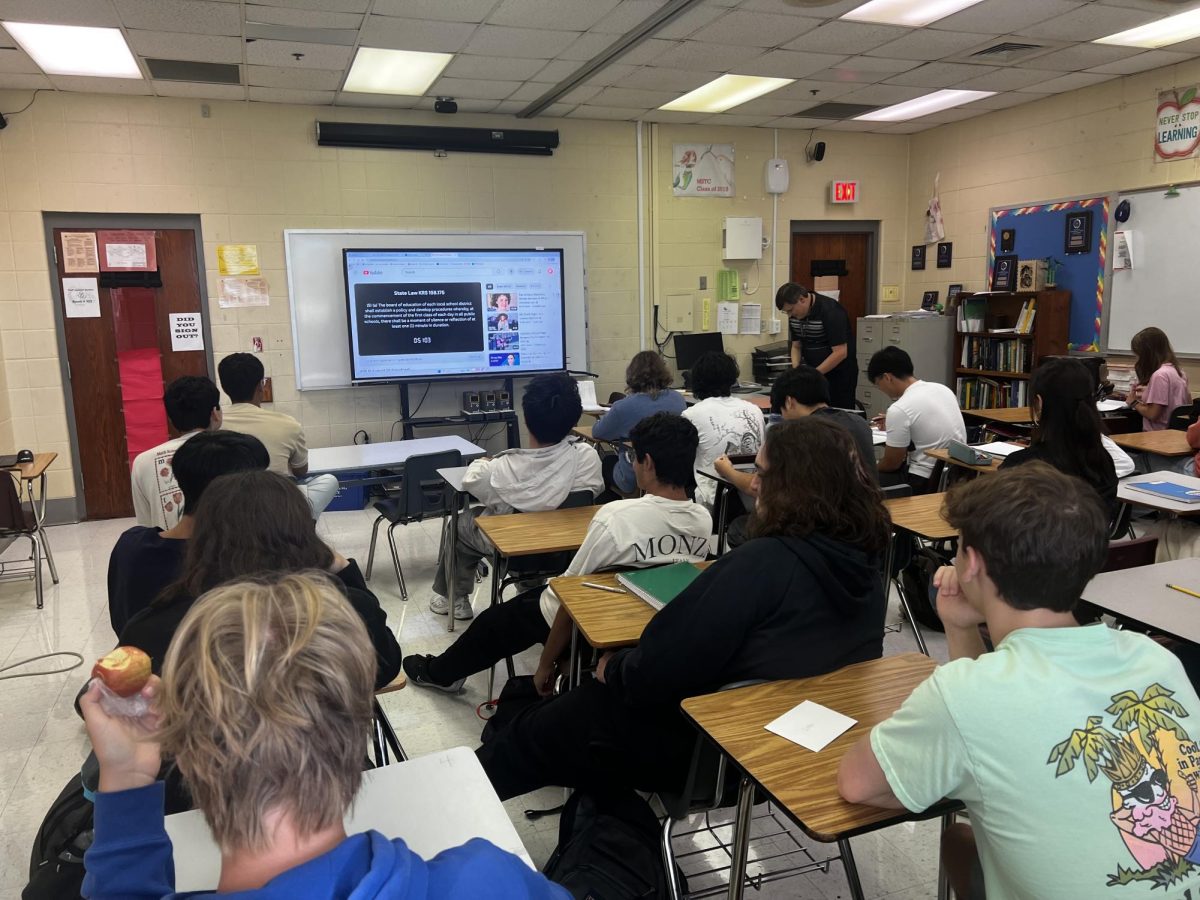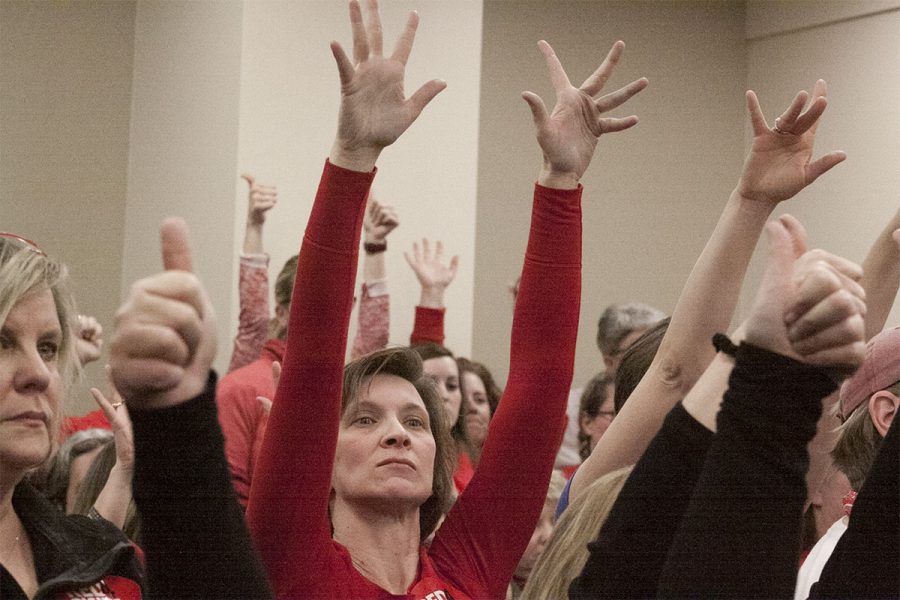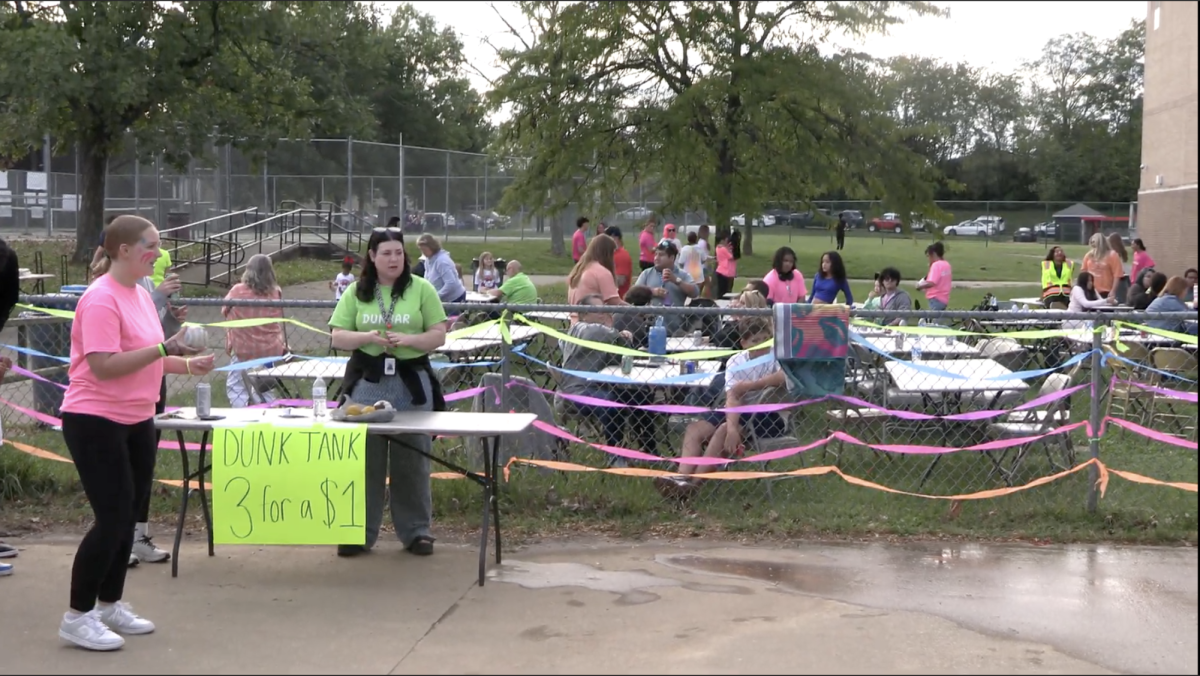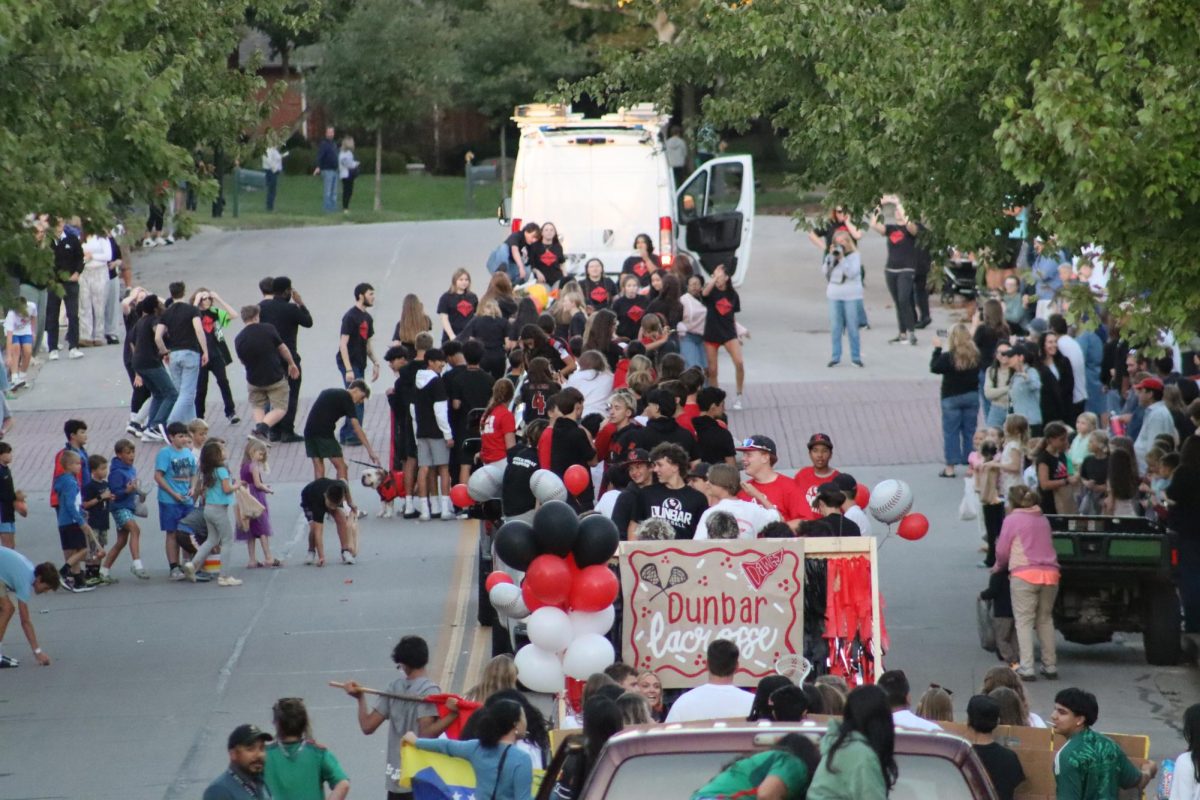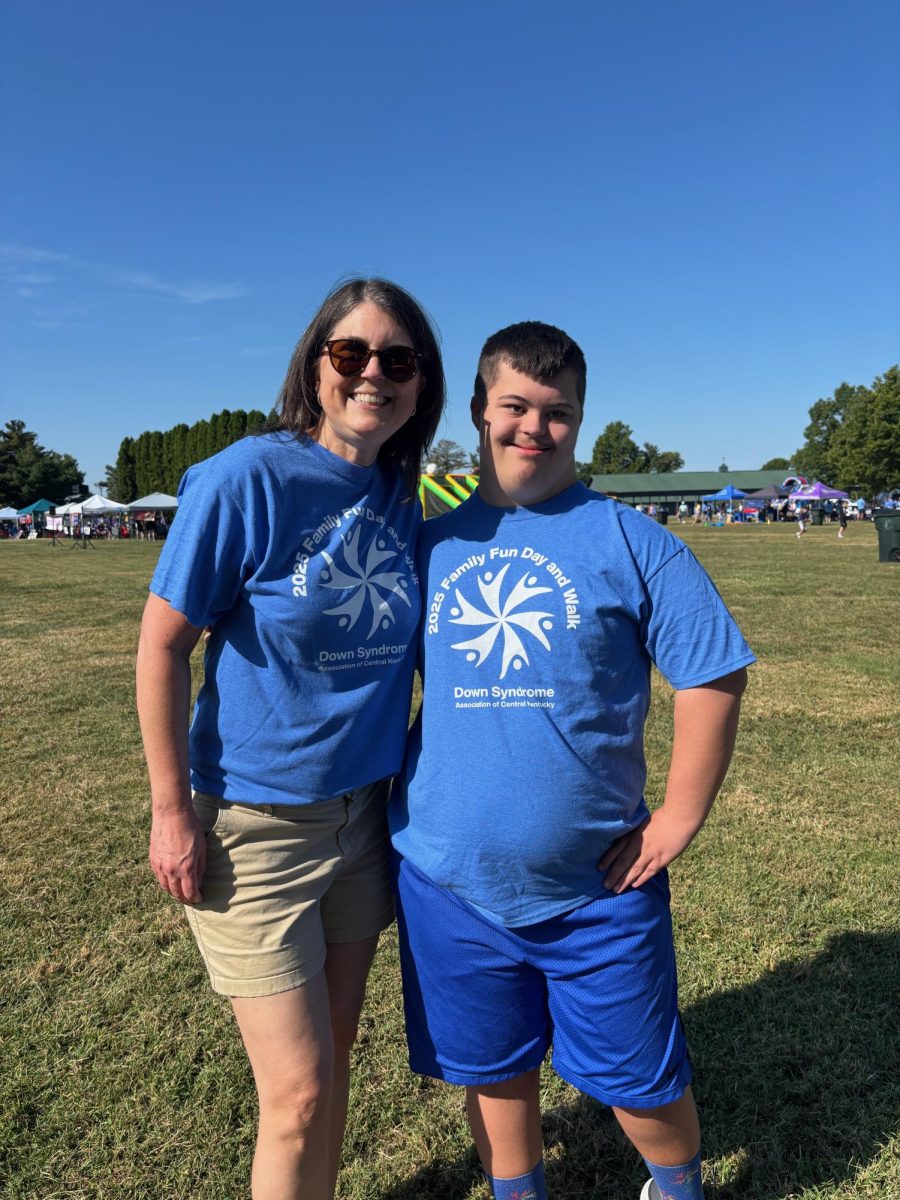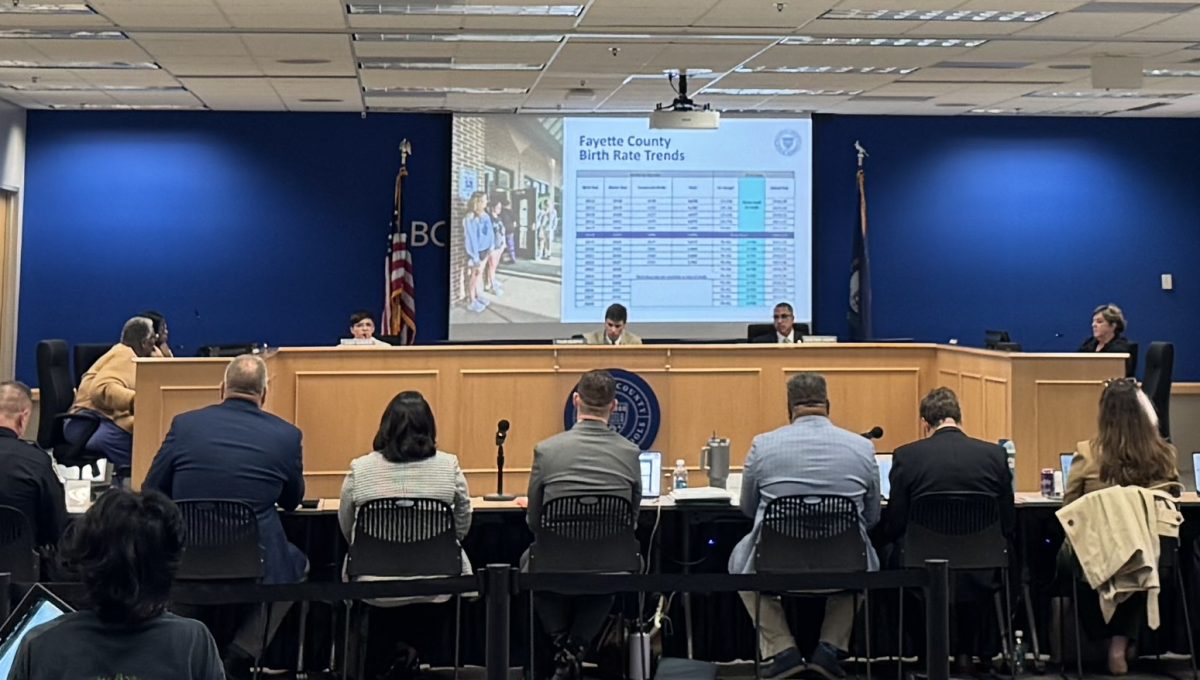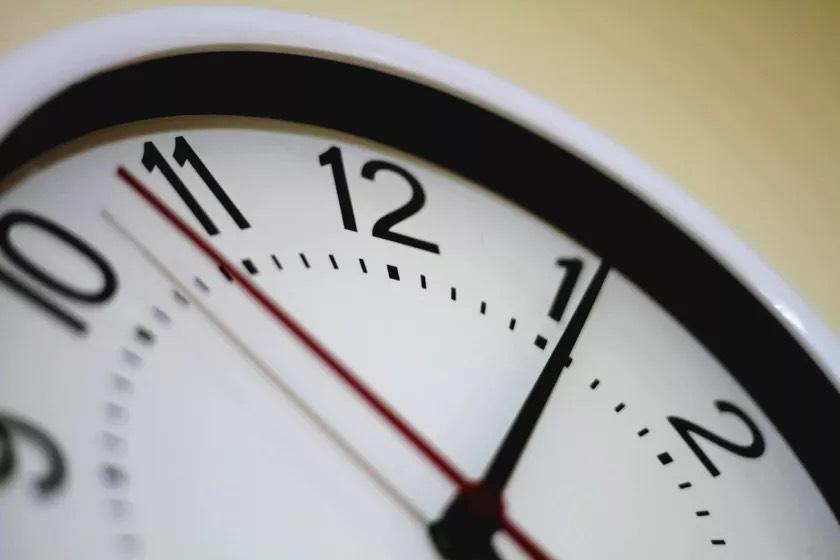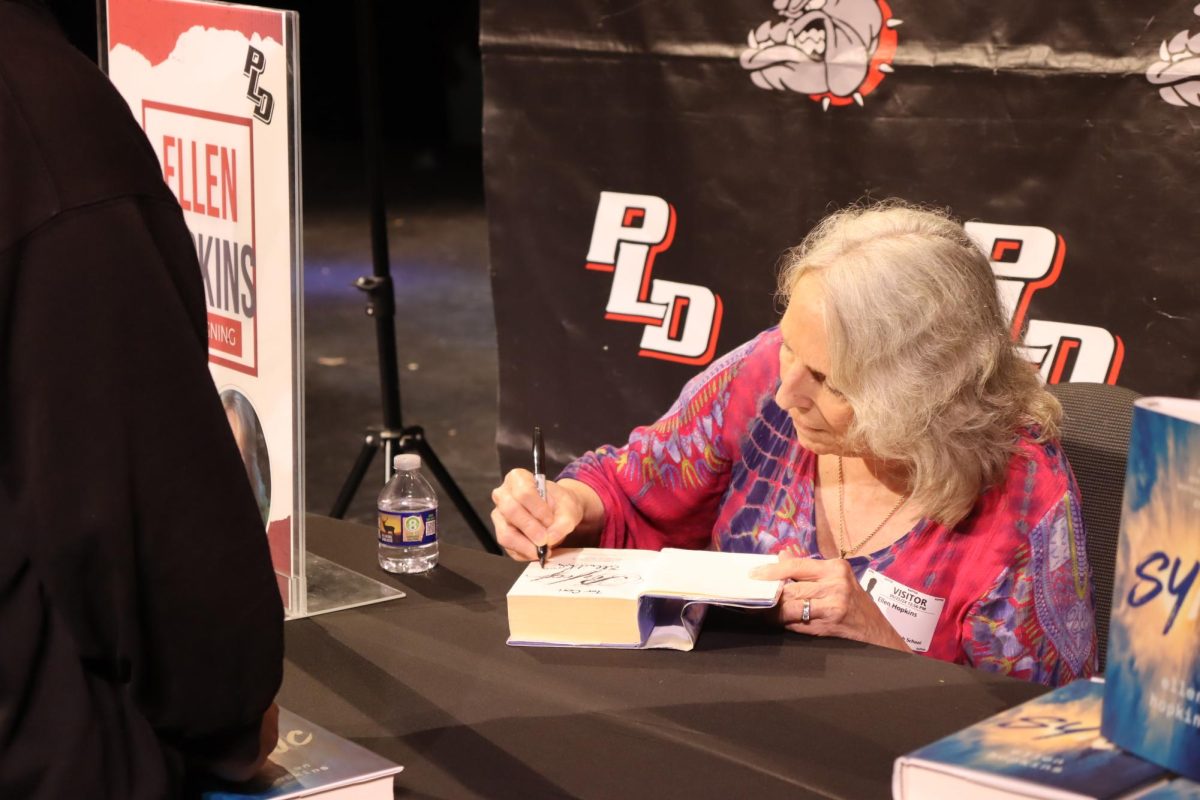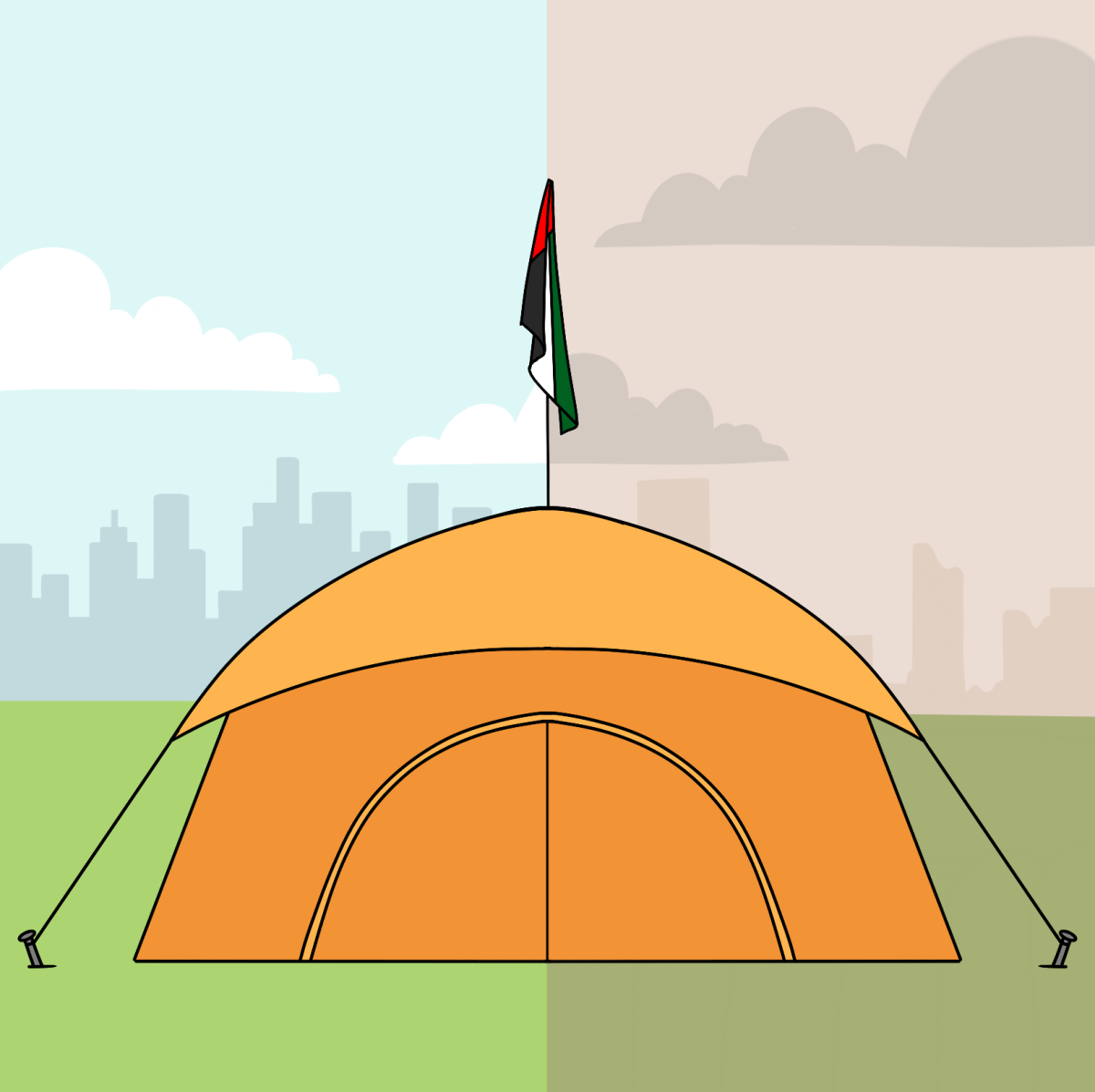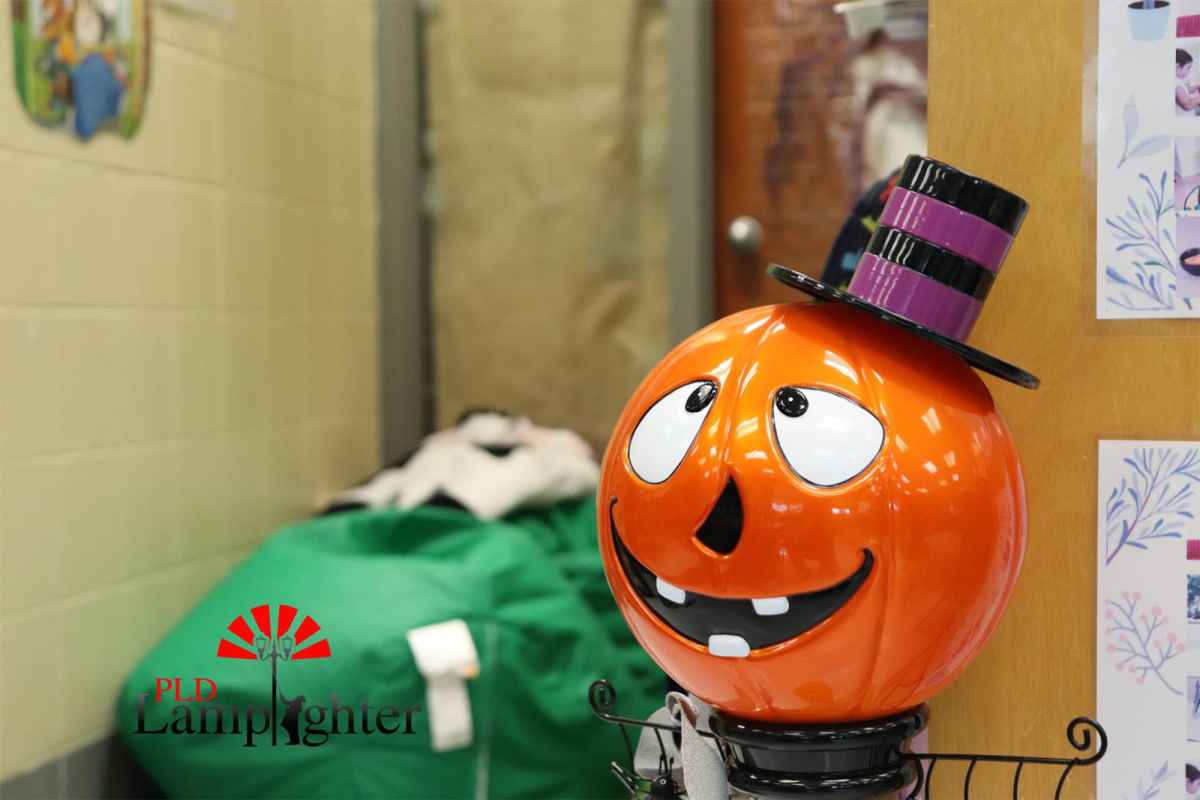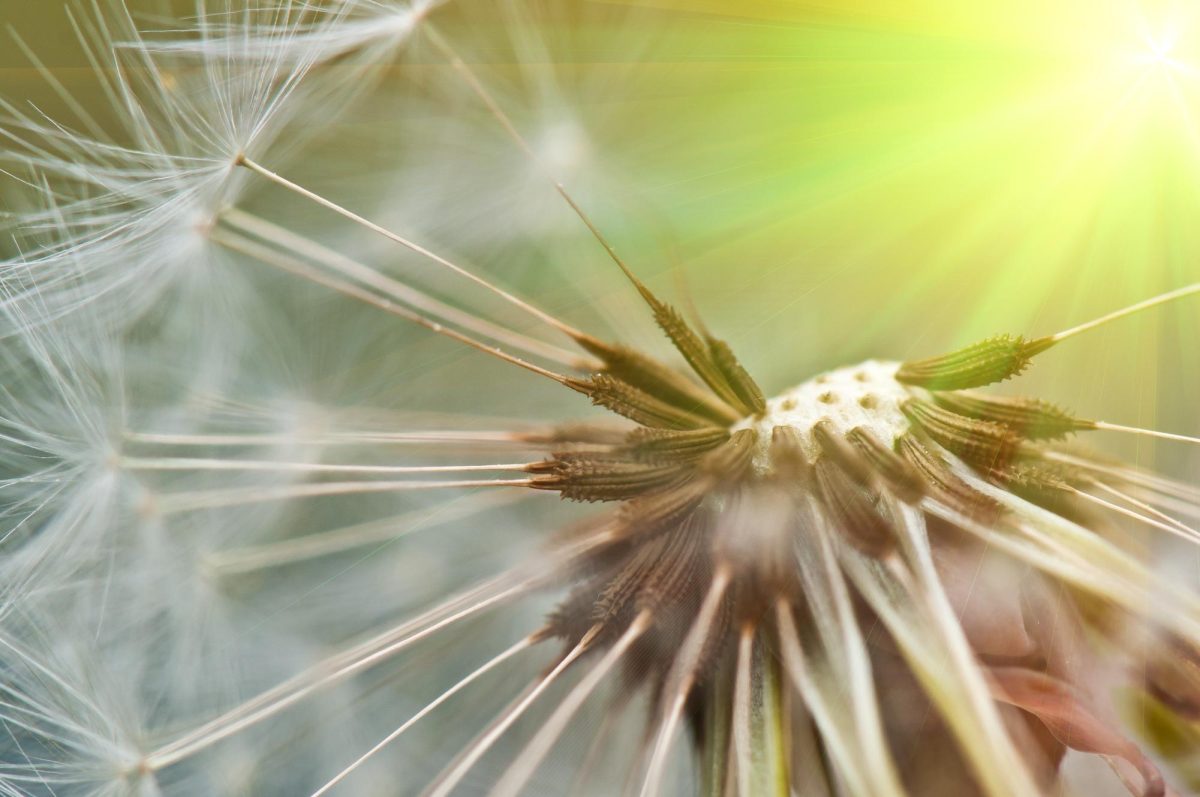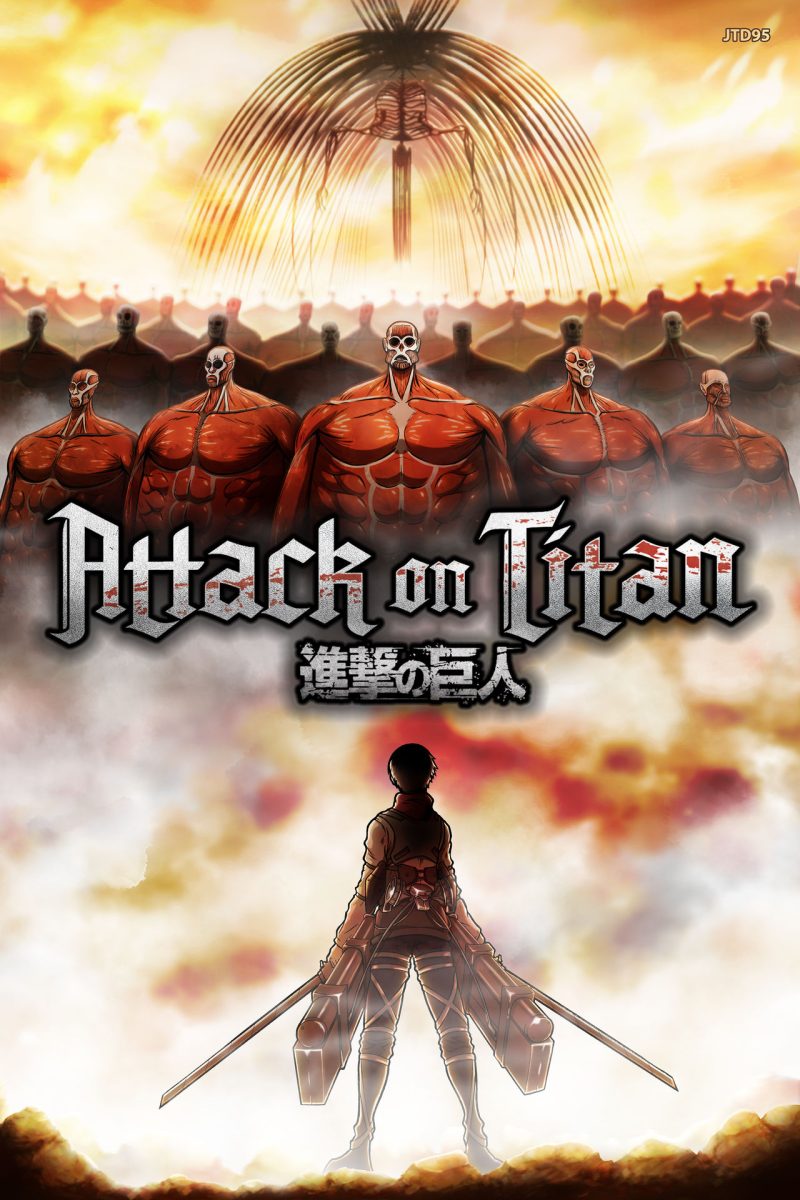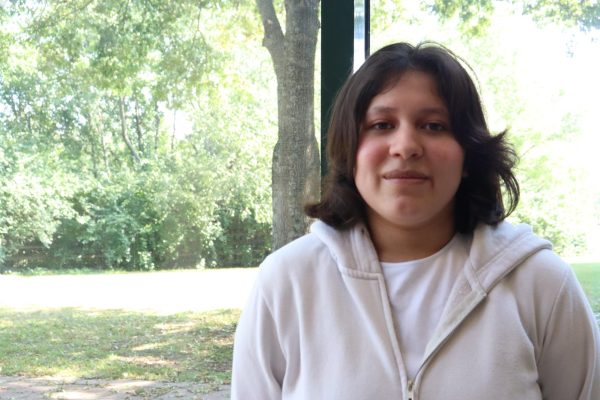Halloween roots come from the pre-Christian Celts’ festival of Samhain; this celebration happened from Oct. 3-Nov.
The Celts who lived 2,000 years ago mostly in the area that is now Ireland, the United Kingdom, and northern France, celebrate this day.
This day marked the end of the summer, harvest, the beginning of the dark, and winter. Celts believed that this one night of every year, spirits or family ancestors could easily cross into our world when worlds of the living and the dead became blurred which could also be known as the return of the dead on Samhain.
On that night people would light bonfires, offer animal sacrifices, and pay their respects to the dead.
In some of the celebrations of Samhain, villagers would disguise themselves in costumes made from animal skins that would drive away phantom visitors, and tables full of food were left out for unwelcome spirits to make them less angry.
Another way to ward off spirits during Samhain was carving vegetables. Which originally came from Ireland, this is what made carving pumpkins a tradition that happened in only North America before it made its way to Europe.
Instead of carving pumpkins like the Americans do, the Irish would carve turnips which were far more creepy than pumpkins, as a way to ward off the spirits during Samhain.
Celts also thought the presence of the otherworldly spirits made it easier for the Druids, or Celtic priests, to make predictions. These prophecies were a source of comfort during the long, dark winter.
During these fires, the Celts would also tell each other’s fortunes.
After the celebrations were over the people would re-lit their fires, which were extinguished earlier in the evening. These bonfires would help protect the people during the coming winters.
The Samhain celebrations also fell into the Roman Empire celebrations that pulled the Celts away from Samhain. Pope Gregory the Third in the 18th century decided to rename the day All-hallows or All-hallowmas which contributed to the names All Saints’ Day or All Souls’ Day. On Nov. first celebrate the saints all known or unknown, and the dead.
All hallows were celebrated similarly to Samhain, with big bonfires, parades, and dressing up in costumes. Even though the Europeans accepted this holiday, Celts still wanted to celebrate original traditions. Which causes the night before All-Hallows, to be called All-Hallows Eve instead of Samhain, then later on Halloween.
Halloween was then brought into America.
This celebration was very limited because of the colonial New England Protestant belief system they abided by. By the mid 19th century autumn festivities were common but Halloween was not celebrated everywhere in the country.
But it wasn’t until the second half of the 19th century when the Irish Potato Famine happened, that caused Irish immigrants to come to America, which helped popularize the celebration of the holiday.



